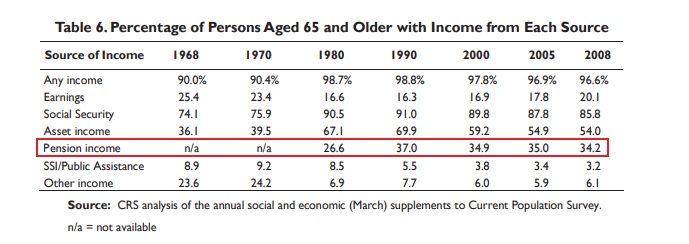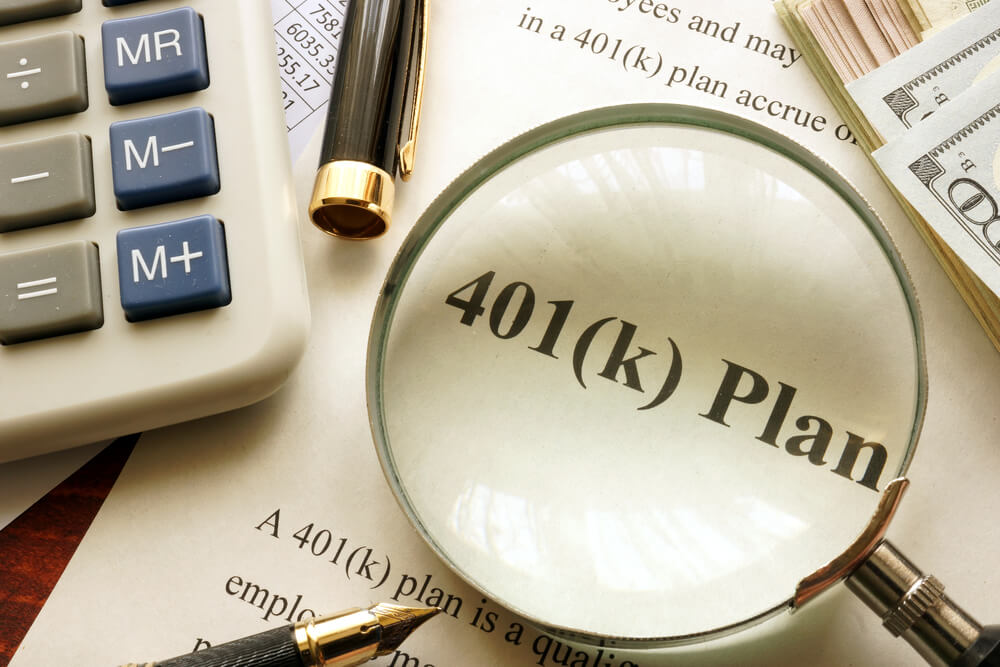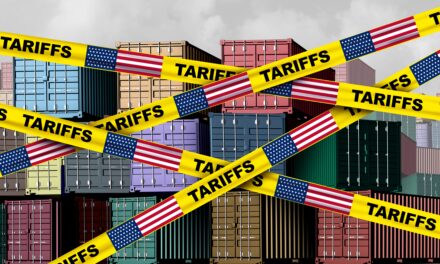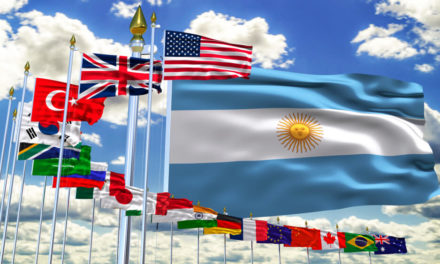The Revenue Act of 1978 was passed by Congress to lower tax brackets on individuals and within the act, a short section gave birth to the 401(k) plan.
The 401(k) was originally meant to put limits on executive compensation, one area it has failed miserably. But then an insurance company consultant came to the realization that this part of the tax code could be used for retirement contributions by both employers and employees.
The individual limit for the time was shockingly high — more than $45,000 dollars, which would be about $182,000 in today’s money, accounting for inflation.
The limit dropped to $7,000 in the mid-80s and is now up $19,000.
About 55 million Americans participate in 401(k) plans, which hold about $5 trillion total dollars in the U.S.
But, according a recent post on A Wealth of Common Sense, the birth of the 401(k) is seen by many people as a shift from pensions to contribution plans as a huge mistake and an enormous burden on workers. And that’s a mistake.
Retirement savings are a burden on the majority of individuals but the past system wasn’t as generous as people make it out to be.
Surprisingly people were enamored with 401(k) when the plans were initially launched. The following comes from a great retrospective in Barron’s on the 40 year anniversary of the 401(k):
By the late 1980s, many large companies had 401(k)s, and employees loved them. “HR managers were hearing, especially from younger employees, that people appreciated the 401(k) plan much more than the defined-benefit plan,” he says. “Whether or not it was in the employees’ best financial interest, that was how it was perceived because they could see these account balances building up. And what’s the defined-benefit plan to anybody under the age of 50? It’s a formula that they don’t understand.”
It makes sense investors would rather see an actual market value than try to calculate their annual stipend using a formula that may or may not be the same when they actually reach retirement age. The present value of a future stream of pension payments could be massive but most people have a hard time wrapping their heads around this and would prefer a tangible number.
Then there’s the fact that your pension money might not be exactly what you had planned, especially if you work in the private sector:
In one memorable moment, when Benna met with executives of Bethlehem Steel, a human-resources manager politely dismissed his suggestion that they add a 401(k), noting that the company took care of its employees. The steel maker went bankrupt in 2001, and the U.S. Pension Benefit Guaranty Corp. took over Bethlehem’s retirement obligations, with many employees getting a cut in expected benefits.
Many are nostalgic for an era where employers took care of their employees in retirement but it’s possible that era was never as rosy as people make it out to be.
A 2009 Congressional report looked at the various sources of income retirees received from the 1970s through 2008 and found there was never a large majority of retired people who were covered by workplace pensions:
In 1975, 22% of persons aged 65 and older received income from pensions earned through previous employment or as the surviving beneficiaries of workers who were receiving pensions. The percentage of people 65 and older receiving income from pensions rose until the early 1990s, peaking at 38% in 1992. The proportion of the elderly population receiving pension income has fallen slightly since 1992. In 2008, 34.2% of people 65 and older received pension income.
Here’s this trend in table form:

So there was never a time when everyone was receiving a pension. It just may have seemed that way because many of the largest corporations at the time often offered their employees pensions.
Pensions were also a relatively small percentage of retirees’ income during this period. In 1975, income from pensions made up just 14% of the total income for people 65 and older. That number peaked out at 22% in 1993 and made up just over 19% by 2008, which amounted to an average payout of $16,000.
Obviously, I’m sure no one would turn down $16k/year in perpetuity from their employer but it is worth noting there hasn’t been a period in America where every employee’s retirement was covered by their employer.
The 401(k) plan is far from perfect and it hasn’t lived up to its lofty expectations from the outset. In the early days, roughly 50% of employees were offered access to this type of plan with hopes of reaching a 95% penetration rate. Instead, that number is now well less than half.
Small business employees are often not eligible for a 401(k) because it’s too onerous or expensive to run one for a small number of people. And if they do have access many times the costs are outrageous. I would love a universal plan that covered anyone who had a job.1
One of my biggest worries in the coming decades is how municipalities will handle their underfunded pension status. Even those who do have a pension promised to them could see those benefits cut back.2
So it’s possible even the lucky ones who have access to a defined benefit plan are going to be disappointed in what they actually receive. It would be nice if our employers would take care of us in our old age but it’s just not realistic, especially when you consider how rare it is for people to stick with the same employer for their entire career and the fact that people are living longer.
There was never a retirement utopia where everyone had a pension. But now, more than ever, the majority of people are on their own when it comes to saving for retirement.
Keep scrolling down to read tips on saving for retirement and more on Money & Markets.




